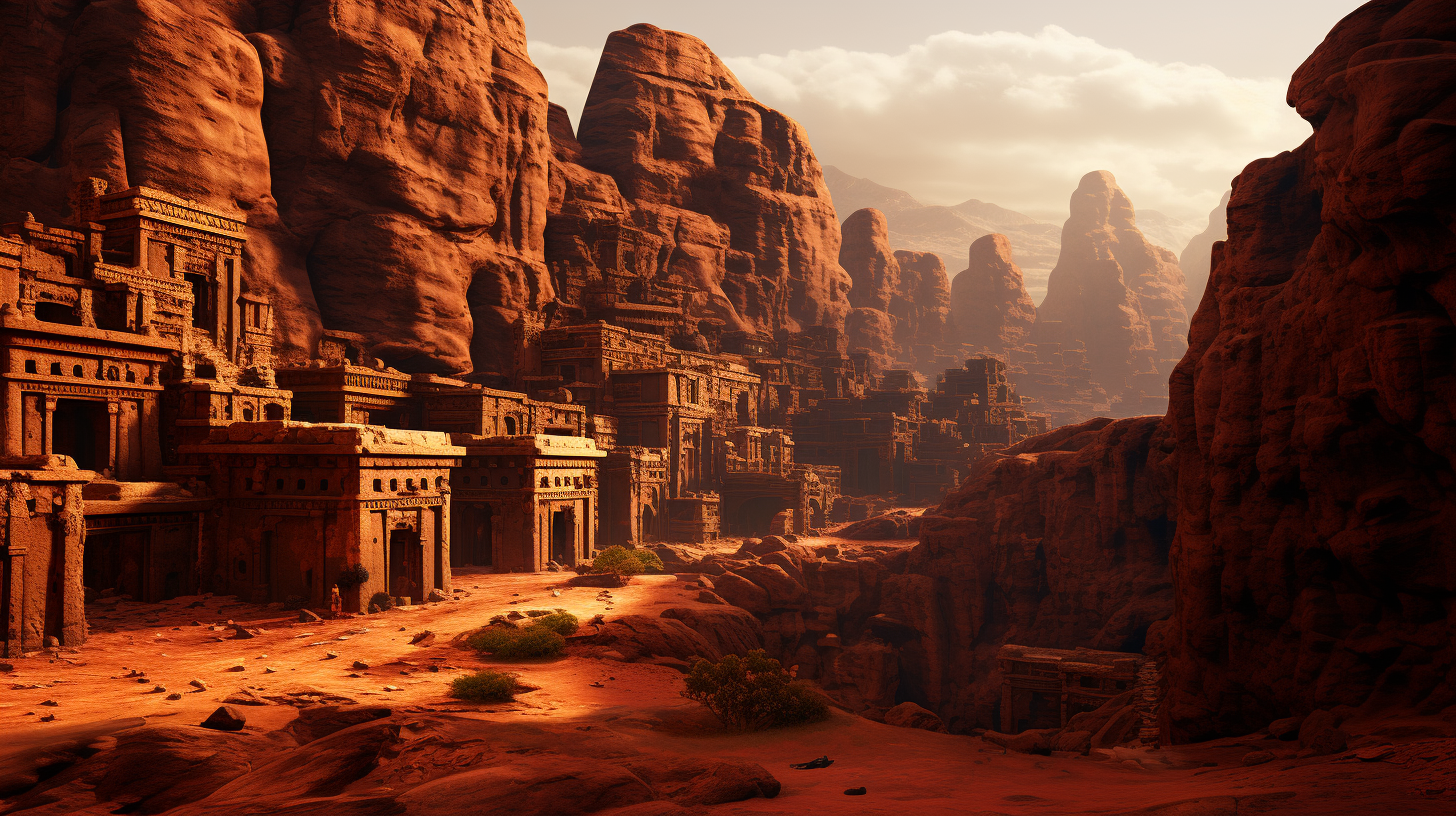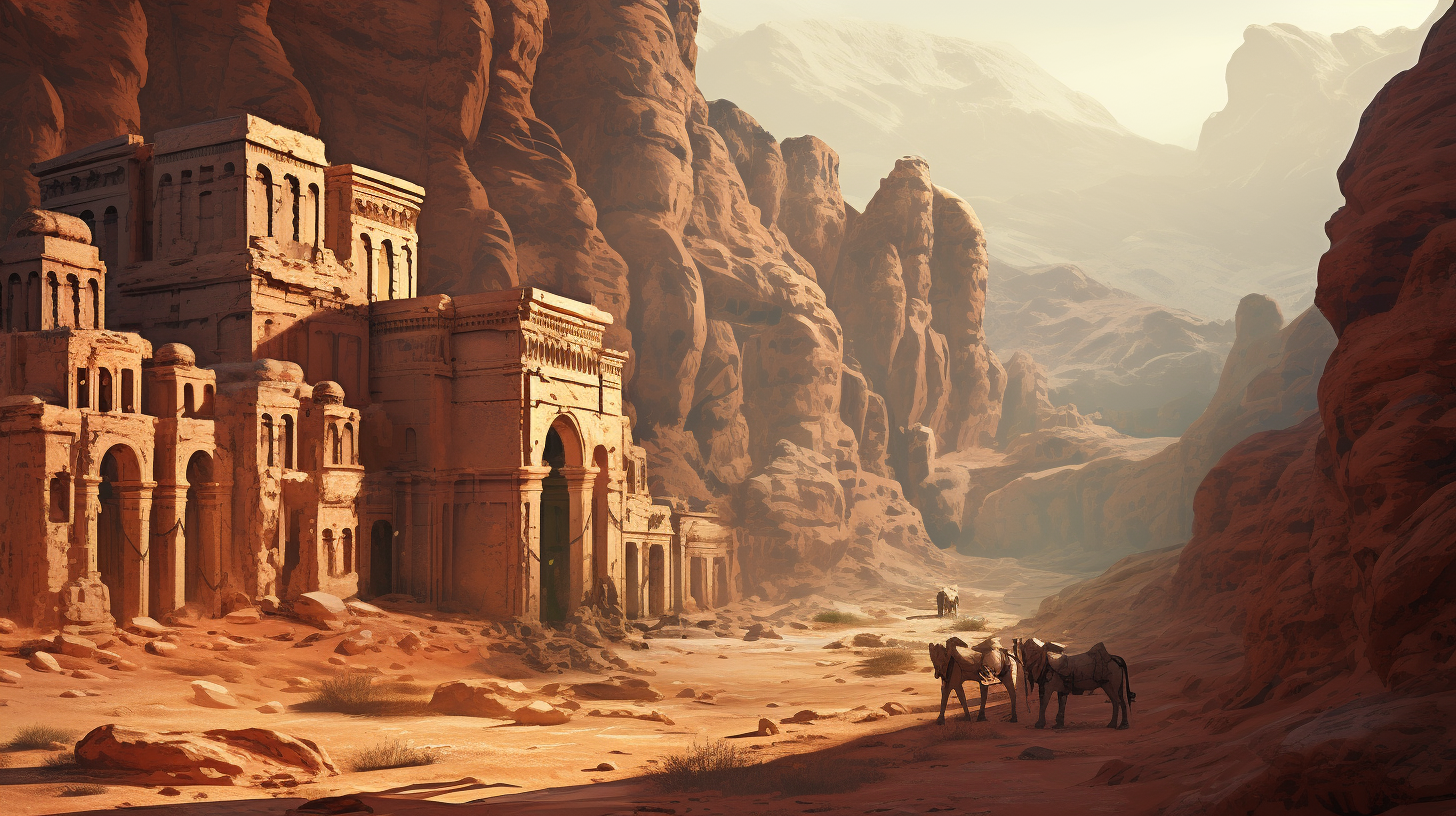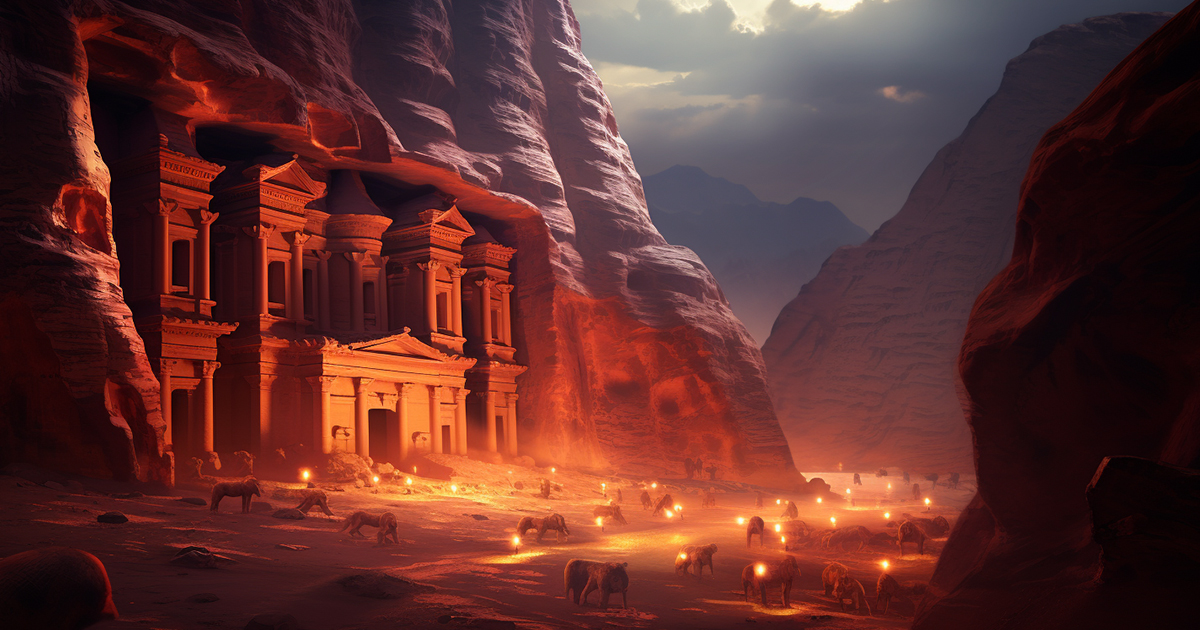In 1812, a daring explorer and skilled mapmaker named Johann Ludwig Borchard embarked on a bold journey across the Middle East. His ambitious goal was to uncover a long-lost secret hidden in the dry deserts of Jordan—an ancient city known as Petra. This adventurous quest marked a remarkable chapter in history, reviving a once-flourishing civilization.
To unravel the enigmatic veil veiling Petra, Borchard faced a formidable challenge. The city had been a closely guarded secret for centuries, its exact location shielded by the local populace. In order to solve this ancient puzzle, Borchard underwent a meticulous transformation.
He spent months immersing himself in the nuances of the local Arabic language and meticulously crafting a disguise to blend seamlessly into the Bedouin culture. His covert efforts propelled him through a region rife with conflict and suspicion towards Europeans.
Following a demanding journey filled with cryptic clues and tireless expeditions, Borchard’s persistence paid off. Venturing through a narrow, dim canyon in the desert, he beheld the awe-inspiring ruins of Petra unfolding before him.
The sprawling ancient city, intricately carved into rock faces, surpassed all expectations. In 1812, Johann Ludwig Borchard made history as the first European in five centuries to set eyes on Petra, captivating the world with his vivid narrative.

Once a bustling city housing 30,000 to 50,000 inhabitants, Petra thrived between 500 BC and 500 AD. It epitomized a vibrant metropolis with a central district, lively main street, and an array of architectural marvels.
The Nabateans, creators of Petra, blended influences from Greek Hellenic, Graeco-Roman, Syrian, and Iraqi civilizations to craft the breathtaking carved structures that define the cityscape.
With over 800 meticulously sculpted buildings, Petra has left an enduring mark on history. In 2007, it was recognized as one of the New Seven Wonders of the World, solidifying its status as a global gem.
Despite its renown, the mysteries surrounding Petra’s decline have puzzled historians. Recent investigations led by archaeologist Thomas Paradise using modern techniques like GIS and laser technology have shed new light on the matter.

New evidence suggests that a catastrophic flood devastated Petra in the 5th century, causing prolonged destruction in the downtown area.
Despite reconstruction efforts post-calamity, this event marked the beginning of Petra’s gradual decline from its peak.
Besides its historical significance, Petra is linked to biblical narratives. At the pinnacle of Petra lies Jebel Haroon, or Aaron’s Mountain, where legend has it that Aaron, Moses’ brother, found eternal rest. Pilgrims have journeyed to this sacred site over millennia, preserving a timeless tradition.
Video:
Often called the “forgotten stone city,” Petra remains a mystical puzzle. Its story, fading from historical records, continues to provoke curiosity. As we dig deeper into the depths of Petra in the years ahead, the quest to unveil its secrets promises to be more extraordinary than the discoveries already revealed.
